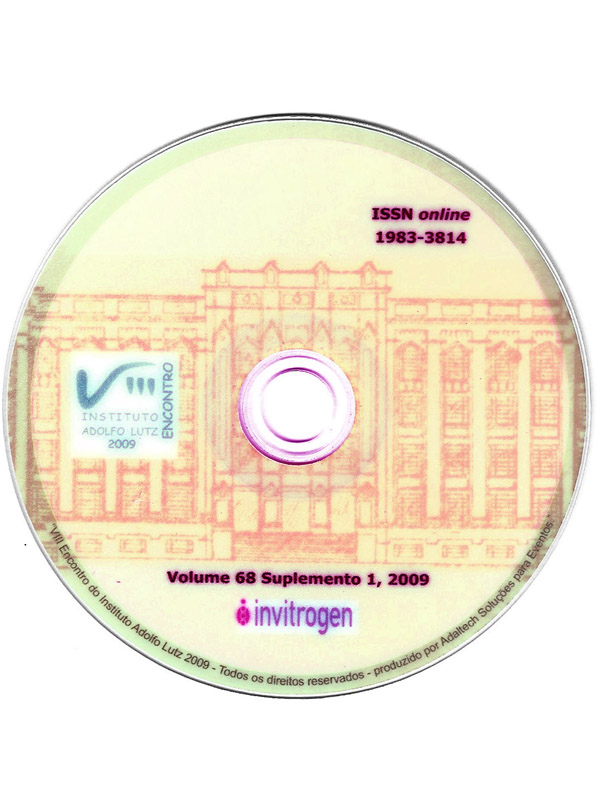Resumo
Human herpesvirus 8 (HHV-8) is associated with all forms of Kaposi's sarcoma(KS) including iatrogenic-KS detected in renal transplanted patients. HHV-8-seroprevalence in healthy populations varies from 1%-8%.The present study aimed to determine HHV-8- prevalences and antibodies titers in chronic kidney disease(CKD) patients with or without substitutive kidney therapy(SKT) attended at two Hospitals from São Paulo. Secondarily, to compare serological results with those obtained in other populations. Serum samples were collected from 805 CKD patients: 295 under hemodialysis, 54 under peritoneal dialysis, and 456 out-patients without SKT. Latent and Lytic HHV-8 antibodies were searched using ”in-house” immunofluorescence assays at IAL. Chi-Square test, Fisher's exact test, Mann Whitney and Kruskal Wallis tests were employed for statistical analysis. An overall HHV-8-seropositivity of 18.0% was detected in CKD patients: 18.3% in patients under SKT and 17.7% in out-patients, with no statistical difference. Strong association between HHV-8-seropositivity and previous transplant was detected (p<0.001), along with sexual transmitted diseases(STDs) (p=0.003) with emphasis for syphilis (p=0.021). HHV8-seroprevalence from CKD patients (18,0%) was similar to HHV-8-seroprevalence detected among HIV/Aids patients (20.4%), considered a high-risk group. This prevalence was lower than the prevalence detected in epidemic-KS (89.3%), classic-KS (100.0%) and endemic-KS (87.5%), and is higher than the prevalence detected among mental/physical deficiency patients (1.6%) and health professionals (1.1%). More HHV-8 lytic antibodies and higher titers of latent antibodies were detected in all group analyzed, with exception for the health professionals, and the highest latent antibodies titers were found in KS-patients. The results obtained points out CKD patients as a high prevalent population for HHV-8 infection, similar to HIV/Aids patients. As far, it suggests that HHV8-seropositive CKD patients should be followed up in order to verify whether latent antibodies titers have prognostic value. In confirming this hypothesis, it may propose to include the use of HHV-8 serology in the screening testing in kidney pre-transplant.

Este trabalho está licenciado sob uma licença Creative Commons Attribution 4.0 International License.
Copyright (c) 2009 MC Magri, MEF Canziani, SA Draibe, P Jabur, E Santos-Fortuna, A Caterino-de-Araujo
